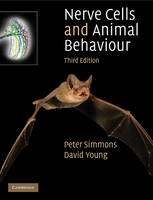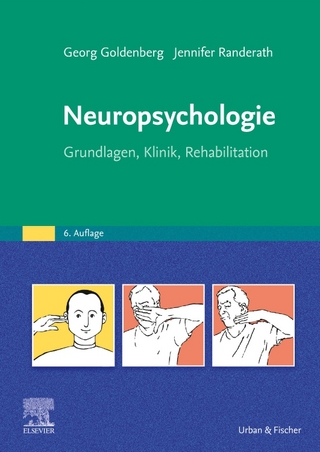
Nerve Cells and Animal Behaviour
Cambridge University Press (Verlag)
978-0-521-72848-5 (ISBN)
An extensively revised third edition of this introduction to neuroethology - the neuronal basis of animal behaviour - for zoology, biology and psychology undergraduate students. The book focuses on the roles of individual nerve cells in behaviour, from simple startle responses to complex behaviours such as route learning by rats and singing by crickets and birds. It begins by examining the relationship between brains and behaviour, and showing how study of specialised behaviours reveals neuronal mechanisms that control behaviour. Information processing by nerve cells is introduced using specific examples, and the establishing roles of neurons in behaviour is described for a predator-prey interaction, toads versus cockroaches. New material includes: vision by insects, which describes sensory filtering; hunting by owls and bats, which describes sensory maps; and rhythmical movements including swimming and flying, which describes how sequences of movements are generated. Includes stunning photographs which capture the detail of the behaviour.
Peter Simmons regularly publishes research on insect neurobiology, especially on the ocellar and compound eye visual systems and their role in controlling flight, and on the physiology of synaptic transmission. He is currently Director of the Zoology Degree at Newcastle. David Young has undertaken research and teaching on the link between neurobiology and behaviour in insects, looking at both sensory and motor systems. A special interest has been the mechanisms of sound production in crickets and cicadas. He is also the author of The Discovery of Evolution (2007).
1. Organisation of animal behaviour and of brains - feeding in star-nose moles and courtship in fruit flies; 2. Signals in nerve cells - reflexes in mammals and insects; 3. Neuronal mechanisms for releasing behaviour - predator and prey: toad and cockroach; 4. Neuronal pathways for behaviour - startle behaviours and giant neurons in crayfish and fish; 5. Eyes and vision - sensory filtering and course control in insects; 6. Sensory maps - hunting by owls and bats; 7. Programmes for movement - how nervous systems generate and control rhythmic movements; 8. Changes in nerve cells and behaviour - learning in bees and rats; swarming in locusts; 9. Nerve cells and animal signalling - songs of crickets, electric fish and birds.
| Zusatzinfo | 20 Halftones, black and white; 117 Line drawings, black and white |
|---|---|
| Verlagsort | Cambridge |
| Sprache | englisch |
| Maße | 188 x 246 mm |
| Gewicht | 630 g |
| Themenwelt | Geisteswissenschaften ► Psychologie ► Biopsychologie / Neurowissenschaften |
| Naturwissenschaften ► Biologie ► Humanbiologie | |
| Naturwissenschaften ► Biologie ► Zoologie | |
| ISBN-10 | 0-521-72848-7 / 0521728487 |
| ISBN-13 | 978-0-521-72848-5 / 9780521728485 |
| Zustand | Neuware |
| Haben Sie eine Frage zum Produkt? |
aus dem Bereich


